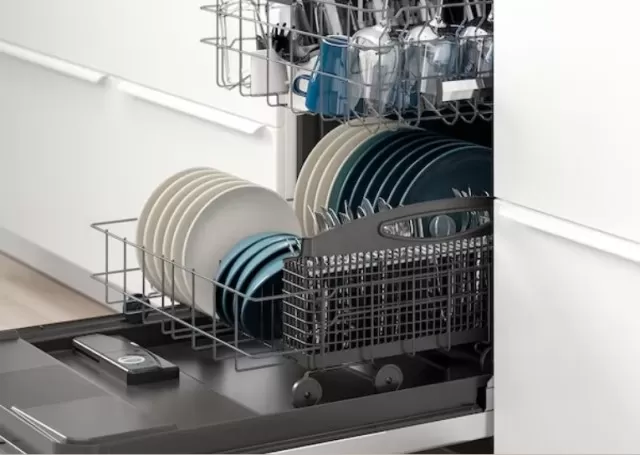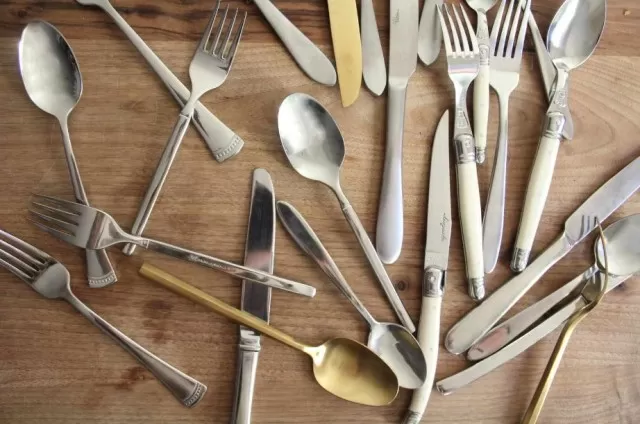Should silverware be loaded in the dishwasher facing up or down? Is there a definitive answer to this age-old question?
It’s a never-ending debate that often arises when sharing a living space with someone: Should silverware be loaded in the dishwasher facing up or down? Is there a definitive answer to this age-old question? Since the advent of dishwashers, how to properly load them has been a contentious topic, especially when it comes to silverware.
Should you rinse the utensils beforehand? Should you group similar utensils together? Should you use the silverware basket or the rack, depending on the model of your dishwasher? Opinions vary, with some strongly advocating for handle-up placement, while others argue for handle-down. However, there are more options to consider.
To settle this ongoing debate and ensure you achieve the best cleaning for your silverware, let’s turn to the advice of experts who have weighed in on the matter.
By following their guidance, you can finally put an end to this argument and load your dishwasher with confidence.
How to Best Put Silverware in the Dishwasher?

Which Direction to Load Utensils in the Dishwasher?
When it comes to loading knives in the dishwasher, the answer is clear: the handle should face up.
Prioritizing safety, professional organizer Jennifer Jarrett emphasizes that no one wants to risk getting stabbed when reaching in to retrieve clean silverware.
It’s worth noting that most knives are not recommended for dishwasher use if you want to maintain their sharpness.
Catherine McCord, the founder of Weelicious, advises washing chef’s knives by hand as they can become dull when subjected to the dishwasher. However, table knives or butter knives can be safely loaded in the dishwasher with the handle facing up.
When it comes to forks and spoons, opinions vary among experts.
Jarrett suggests placing them handle-up for reasons of cleanliness. This approach prevents direct contact with the parts of the utensils that come into contact with food during eating.
Unloading utensils becomes more hygienic since you can avoid touching the areas you don’t want to come into contact with.

McCord, on the other hand, suggests a mixture of handle-up and handle-down placement to prevent nesting, where utensils rest against each other and hinder thorough cleaning.
Mixing different types of utensils in each slot also helps prevent nesting and allows water streams to reach all the nooks and crannies.
Ultimately, the choice of loading utensils handle-up or handle-down depends on your dishwasher type and your willingness to take the time to handle the utensils carefully.
If your dishwasher has a basket attached to the door, it’s advisable to mix up the direction of the utensils when loading. After the cleaning cycle, remember to remove them by only touching the handle.
It’s also a good practice to wash your hands before handling clean utensils and dishware.

If your dishwasher has a basket located on the bottom rack next to the plate rack, it is recommended to load forks and spoons handle-up.
However, ensure that there is enough space for water to clean all the utensils. If the utensil basket is full, it’s best to mix up the handle directions.
Once the dishwasher cycle is complete, remove the basket and empty the utensils onto a clean dish towel. This way, you can easily grab each utensil by the handle when putting them away.
*The information is for reference only.